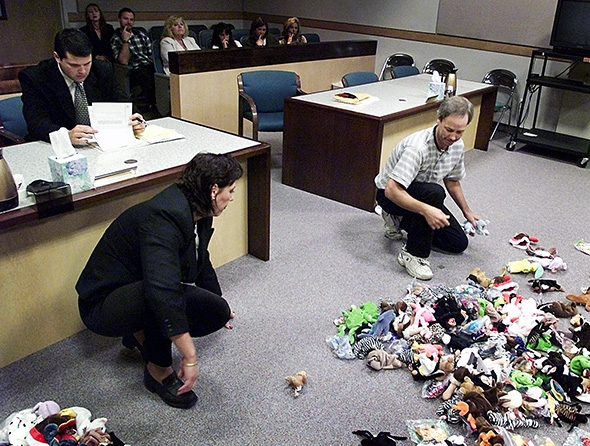Artist's
Statement
Some years ago, I began to
produce paintings that expressed my best and worst impulses set out
in the context of public spaces. It was time to give my inner devil
an airing. Making virtue of vice, I imbued anonymous figures with
swaggering power, elevated faceless nobodies to subject status and
filled the streets with stalking female mastodons, all in the service
of getting even.
Well, adversity loves company
and, living in New York, I found myself in the perfect place to
observe the tribulations of others while forgetting about my own. So
many nuisances at a stone’s throw.
Those paintings were dark,
crowded and monochromatic. As I became more and more absorbed in the
project, I found an unexpected conflict beginning to emerge. As I
fell more deeply in love with the act of painting, my work became
more resonant. My brushwork, palette, depiction of light and air……the
paintings were becoming more, well beautiful. Today I see the
disconnect between some of my subject matter and my method of
depiction as a source of strength…and subversion. It’s a willful
act of seducing the viewer into staying with me in the picture.
My work explores the
ever-modulating space between aspiration and reality. Its an
uncomfortable space for some, that sense of not quite being where or
what you think you are – a mental state filled with frisson not
unlike the combustible edge of colliding urban neighborhoods, its
corporeal equivalent. After depicting just such city spaces for many
years, I grew to realize that the concept of an Edge - or more
precisely the gap between them - was as much a state of mind as a
physical reality and therefore eminently transportable. And so you
see before you paintings embracing a variety of settings reflecting
my everyday life, my travels grand and mundane, realized and
imaginary.
Many of these paintings may look
like directly observed events, but they’re not. I make liberal use
of the infrastructure of the world around me and, using a variety of
sources including memory, produce paintings that are entirely studio
inventions. My paintings reflect the insights and doubts many of us
share but often can’t find the language to express. I’m luckier
than most because over time I’ve developed the voice to articulate
these ideas. In fact, I’d say that my paintings are all about the
small idea. If my work is successful, if it has significance, then
each painting represents a building block which, when seen over the
life of a career, serves a greater purpose, a larger idea that is
expressed in the fullness of time.
David
FeBland
July 2005





